About Ebykr
Ebykr celebrates classic and vintage lightweight bicycles through provoking imagery and opinion. Let's roll together!
About Ebykr
Ebykr celebrates classic and vintage lightweight bicycles through provoking imagery and opinion. Let's roll together!
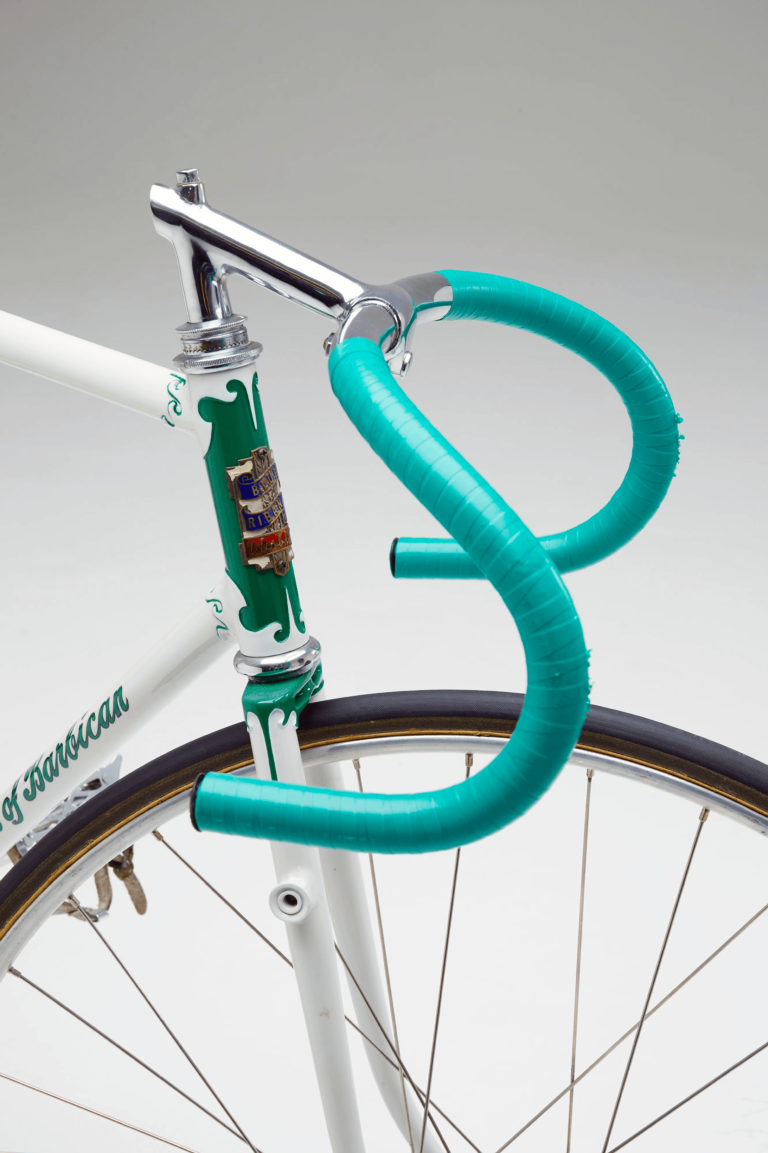
The job of a bicycle designer parallels that of a surgeon in many senses: triage what’s wrong, decide what no longer functions, find a way to solve the problem and repair or replace whatever needs fixing. And like any good…
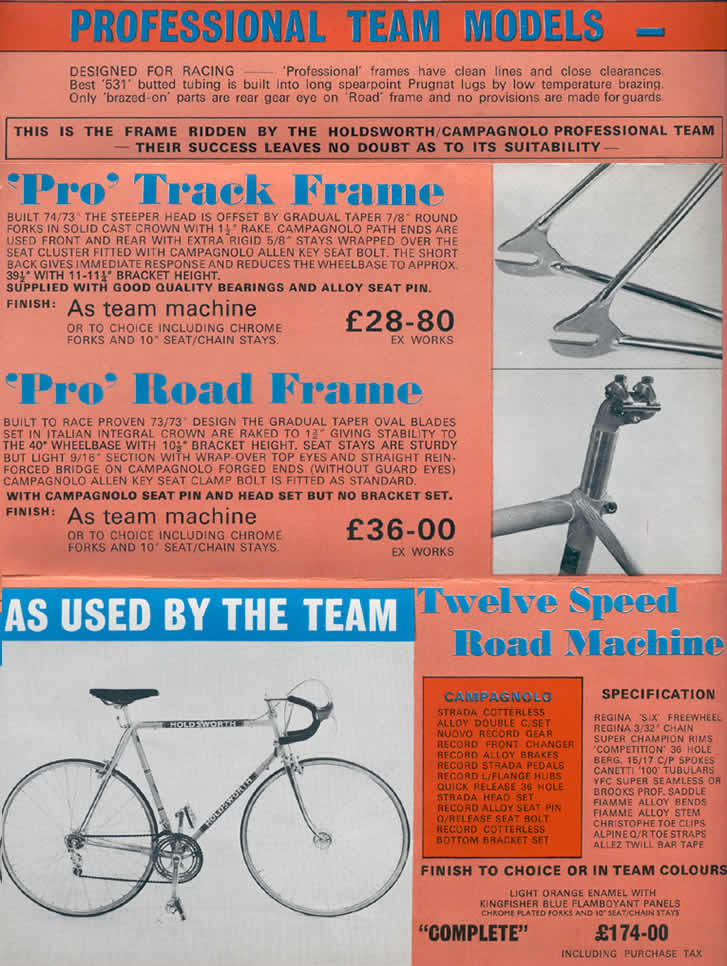
Like so many other useful things at that time and place, cycling apparel was difficult to obtain after World War One in Europe. The continent had been thoroughly ravished by a half-decade of brutal conflict and matters of sport went largely unaddressed by everyone…
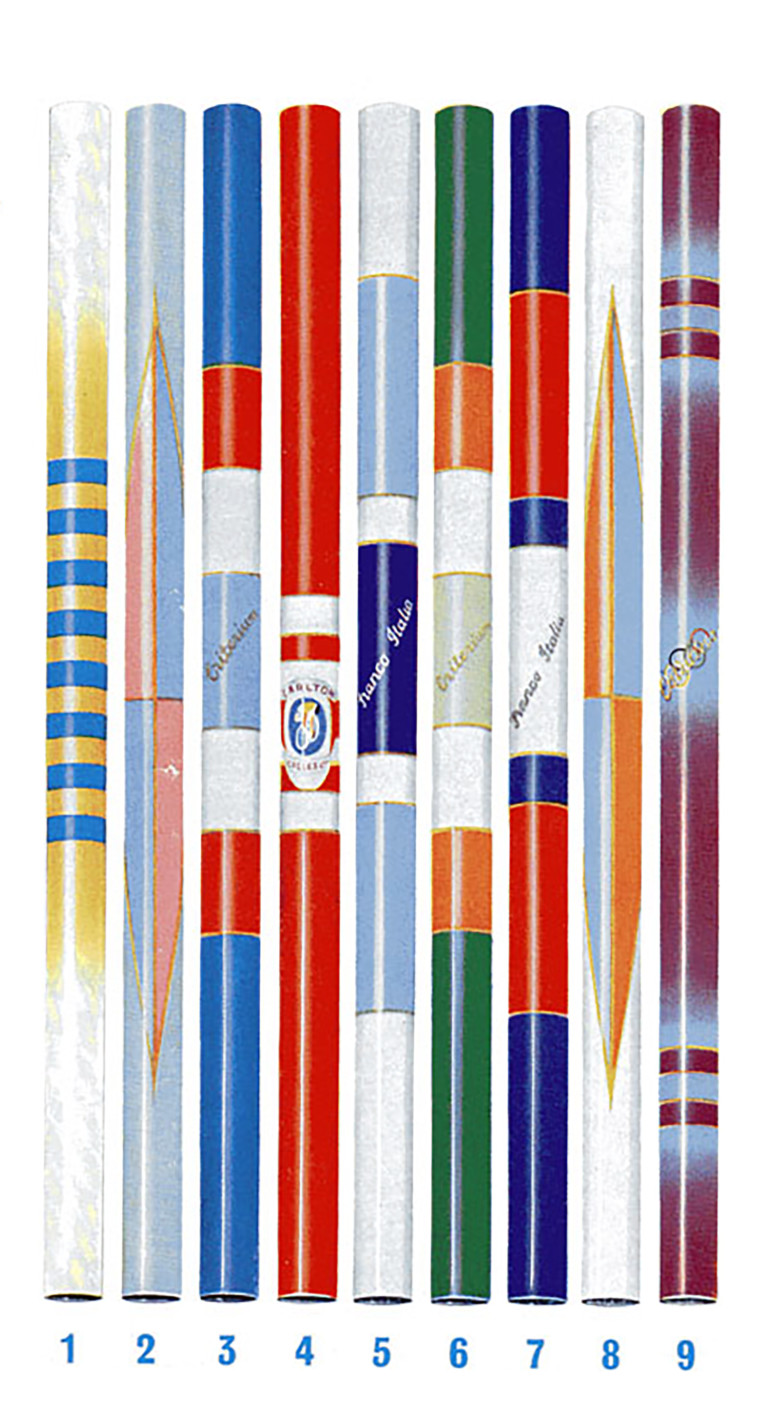
Carlton Cycles is one of the most deserving bicycle companies to be better known than it is. While revered by its cliquish followers and well-known among enthusiasts of fine road bikes, a mention of Carlton to any member of the general…
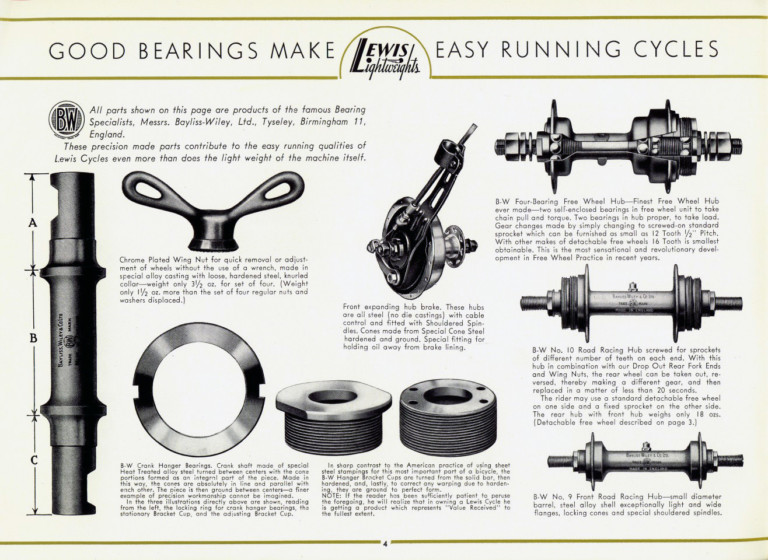
Bayliss-Wiley is not exactly a household name. Not even in households full of vintage cyclists. When first researching it on the mighty Internet, most paths lead to folks named Bayliss marrying others named Wiley.
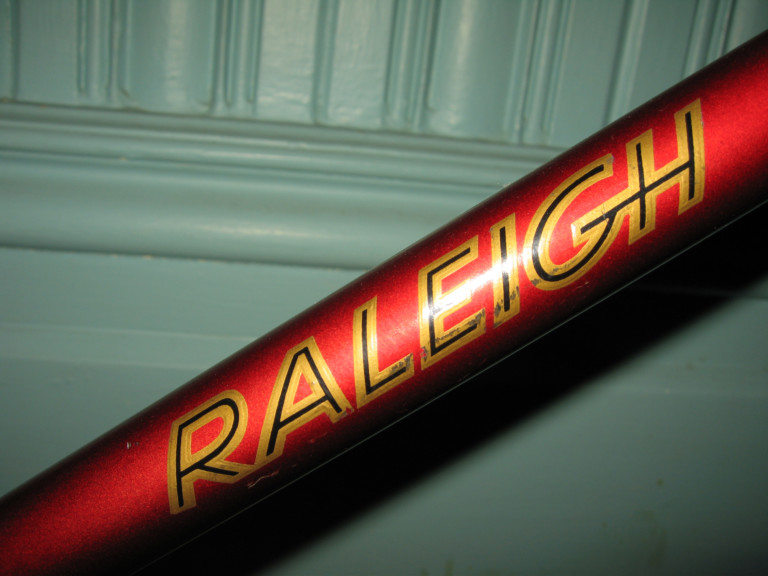
My first trip to a real bike shop resulted in the purchase of a brand new Raleigh. I distinctly remember straddling the bike in the shop, tilting from side to side as my toes reached for the ground but the…